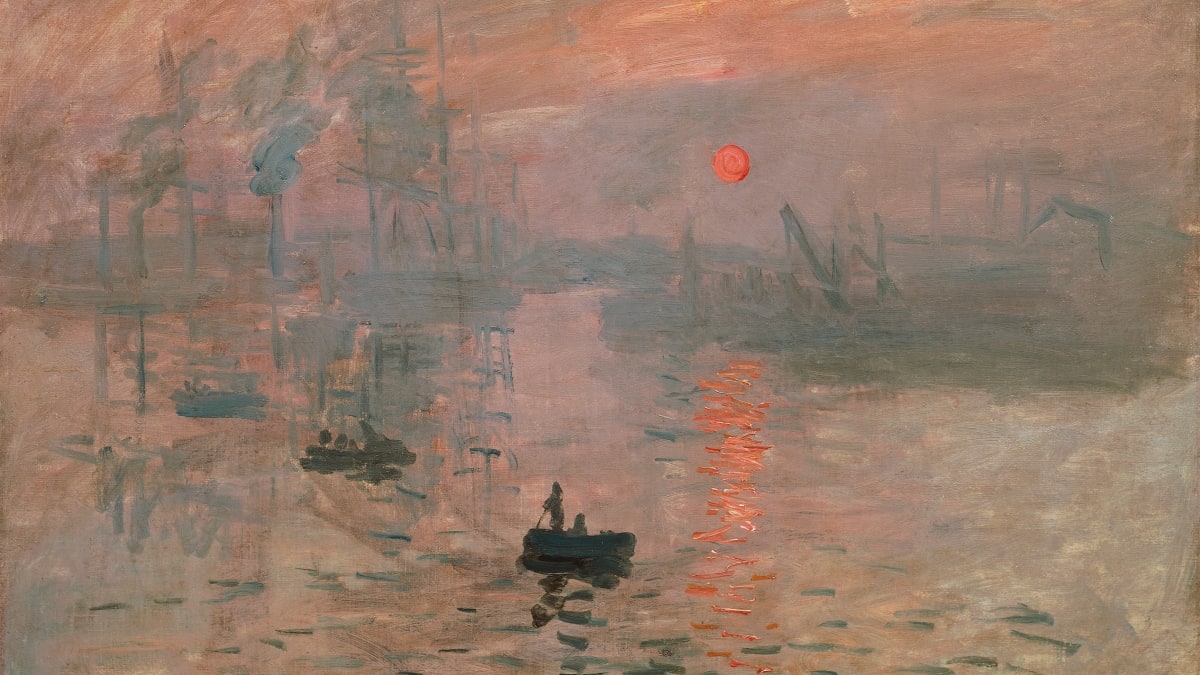Here’s a little snippet from one of my friends in the art world. She doesn’t have a site, but she wanted to share this with the world.
While working as a nursing assistant for six years, I always dreamed of becoming a full-time artist. Well, my passion for art dates back to my early years. After working in healthcare for a long time, I got to a point when I had to make my passion a full-time gig.
Having spent most of my late nights drawing, painting, and at times sculpting, I knew that I had what it takes. But I was also prepared for the struggle and the lessons. At first, I have to admit that I never had an idea of what to expect. After all, it was about a leap of faith.
It’s now been 27 months since I decided to follow my heart and pursue art. Looking back, I can say that my first year as a full-time artist was pretty challenging, albeit with some invaluable lessons. Here is what you should expect if you want to pursue art as a part-time gig.
You Work for Long Hours
I always found myself working late into the night. This could be attributed to the fact that I was immensely drawn to my new career. I remember some days when I spent 18 hours in the studio. No one tells you when to take a break anyway. Therefore, you should be clear about this, and most importantly, prepare your loved ones for the startup phase.
Your Mindset Changes
Before going full-time, art was just about fun and self-expression. But the moment I decided to make it a career, my perception changed as I started seeing it as a business. Art now played a different role; it supported my life, and this meant that I started seeing my artworks as assets to the business. My new mindset led me to some systems and tools that helped me manage my art career’s business side. I am alive to the fact that art life is not just about making money; it is about self-expression.
You Need Advice
The sooner you embrace the fact that you cannot be a master of all trades, the better. The realization that painting, marketing, sales, accounting, and other business tasks were too much to handle showed me why I needed support. I sought external help from successful artists who took a similar career path to mine. And I can tell you that what I learned from my engagements was instrumental in steering me to the path to success.
You Appreciate Feedback
I kept getting divergent opinions about my work. By choosing to make a living from art, I understood that I had to share my work with the world. But I was not aware of the nature of feedback I would receive. My work was critiqued, and I can admit that some opinions cut deep and made me emotional. Thankfully, through my engagements with other artists, I learned to accept and learn from feedback. Take it from me; you need to listen to everyone and toughen your skin to grow as an artist.
You Do Not Have to Be Perfect
I always wanted to give my best. This meant that I had to hold myself to very high standards. But along the way, I realized that my obsession with perfectionism came with all manner of fears. Fear can be limiting, especially in this profession where you need to keep producing. As much as I keep giving my best, I learned that I had to embrace the process. If you take away the pressure to deliver a masterpiece every time you get to the studio, you will undoubtedly enjoy what you do and keep doing it for as long as it takes.
You Should Embrace Any Opportunity
In your first year, you might be reluctant to embrace new opportunities. I know your focus might be to set a foundation. As much as you might want to play it safe, the more you say yes to new opportunities, the more they will keep coming. I utilized galleries and local creatives to build connections. If you are lucky enough to sell your work in a judged show, for instance, you will likely have more orders come your way.




